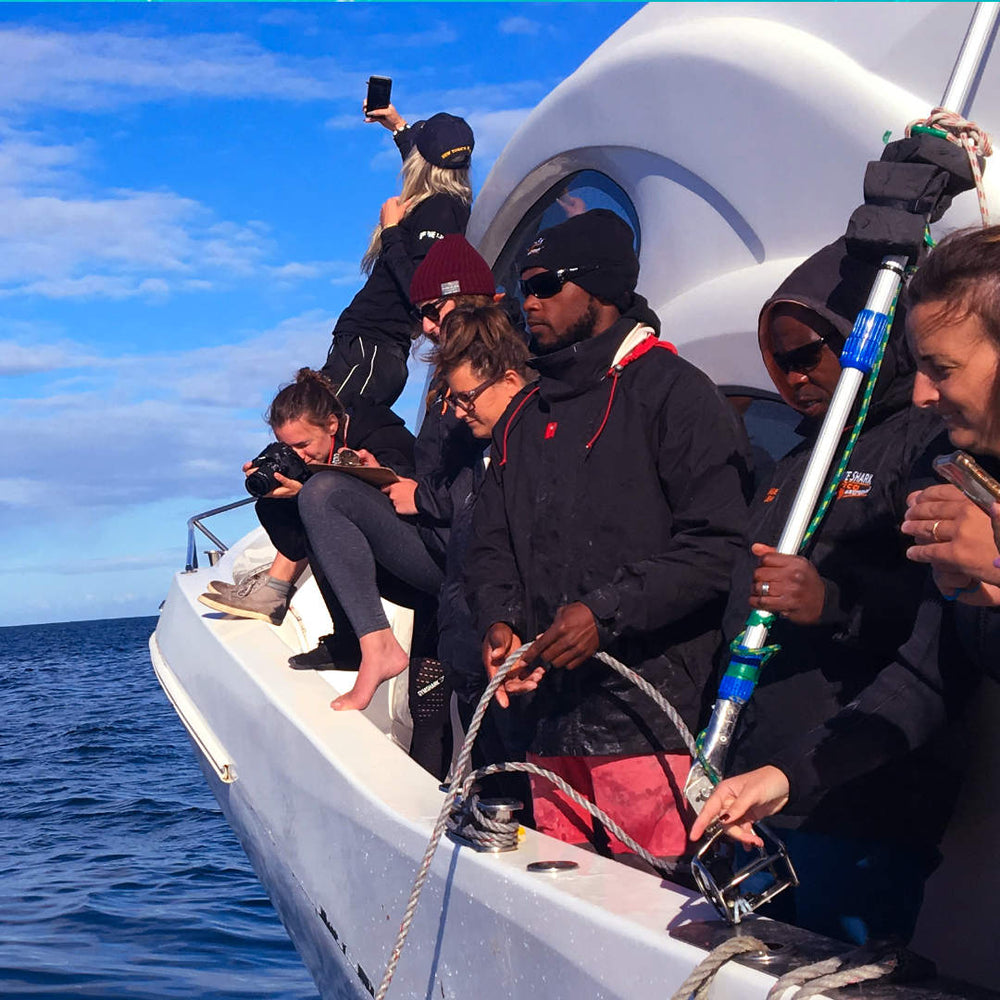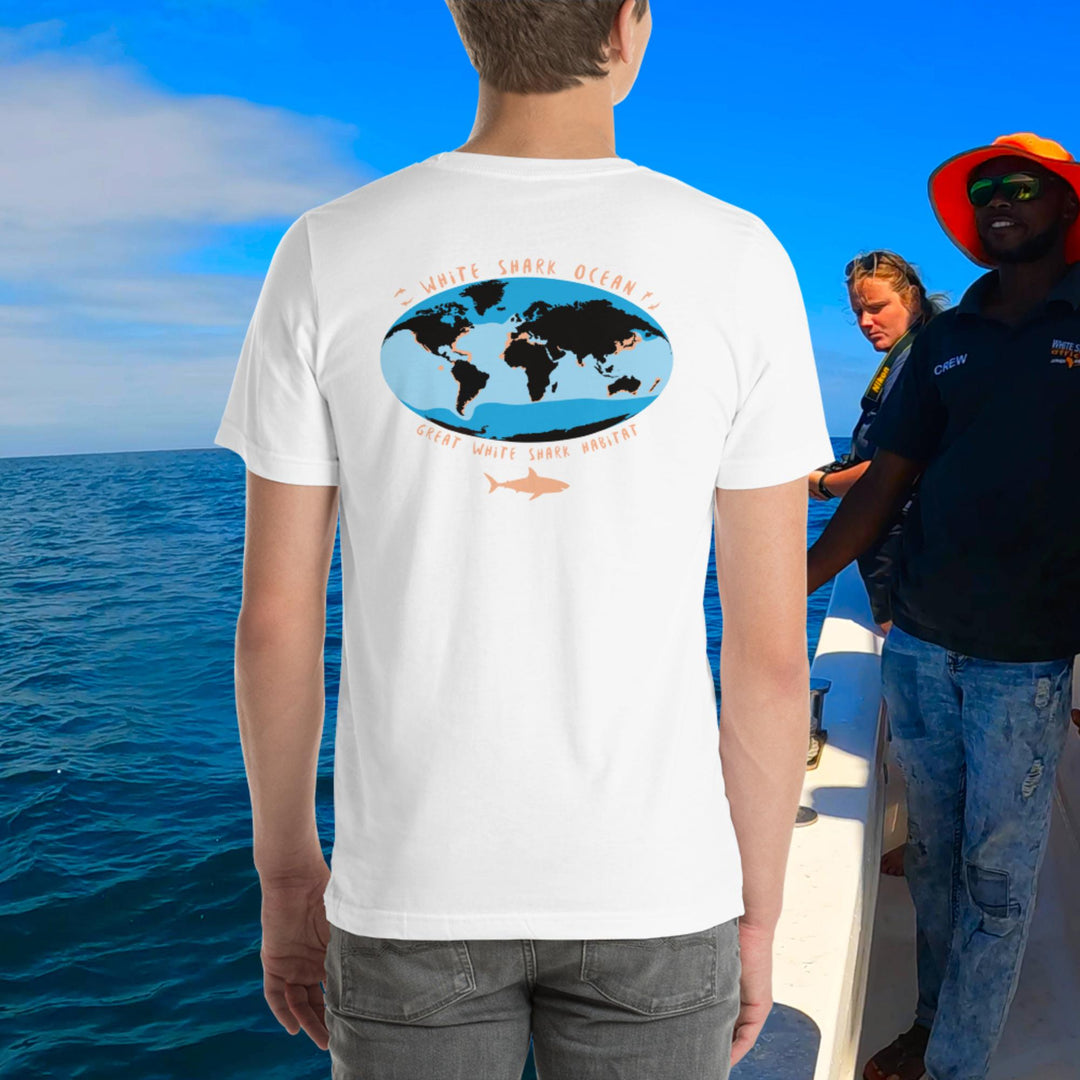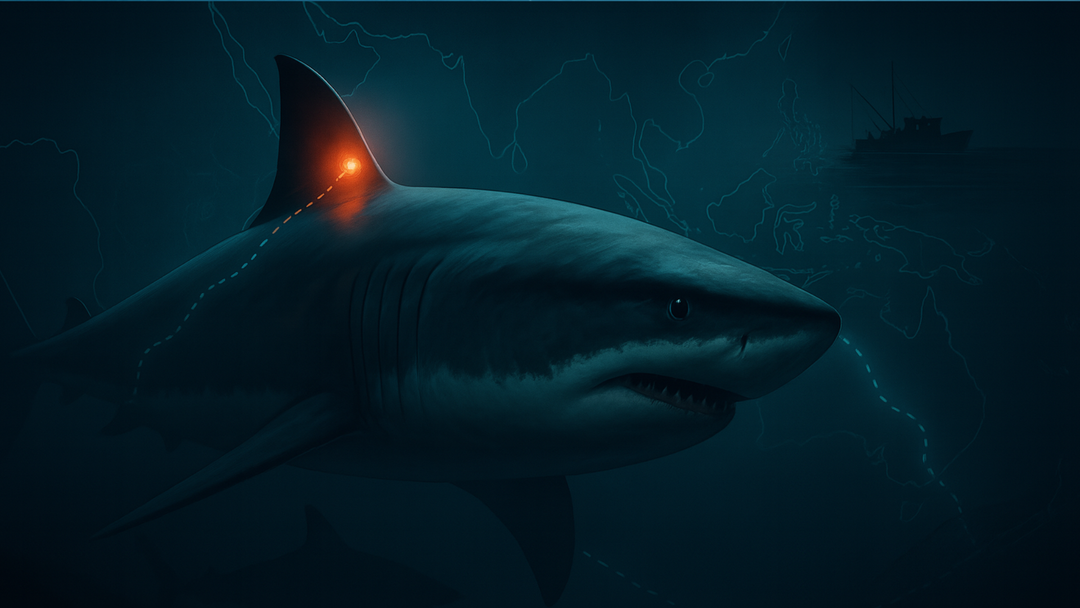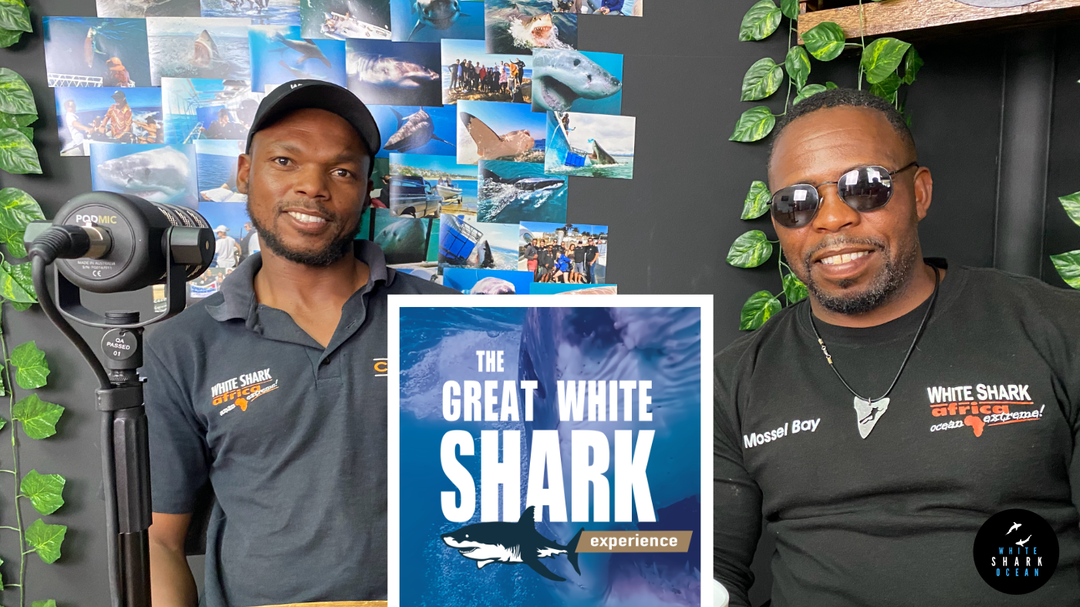Exploring the Manta Ray Population and Research in Zavora, Mozambique

Photo Credit MAR Expeditions
Located in the southern part of Mozambique, Zavora is a charming village renowned for its breathtaking landscapes and rich marine biodiversity. One of the most remarkable species that call this area home is the Manta Ray. With its impressive wingspan and gentle nature, the manta ray is a favourite among divers and ocean enthusiasts.
Zavora boasts a unique manta ray population, with both the reef manta (Manta alfredi) and the oceanic manta (Manta birostris) species thriving in its waters. While the reef manta is the more abundant of the two, both species can be spotted year-round, with the highest concentration occurring between July and November.
Despite the popularity of these majestic creatures, little is known about their population structure and dynamics. That's where the Zavora Marine Lab comes in. Founded by Yara Tibirica and currently run by Nakia Cullain, the lab aims to generate knowledge on the region's manta populations and assist with their conservation.
One of the lab's most exciting initiatives is its use of photo-identification and laser photogrammetry to gather data on population dynamics, migration patterns, and environmental variables that influence the distribution and abundance of manta rays. Tibirica and her team have developed software that catalogues the spot patterns on the mantas' belly and gills to identify individual rays. To date, the database contains almost 700 different individuals, providing a wealth of information about these elusive creatures.

Photo Credit MAR Expeditions
In addition to its research on manta rays, the Zavora Marine Lab conducts surveys on a wide range of marine species, from Nudibranchs to Humpback Whales. Its deep reefs are teeming with pelagic fish, including large schools of Tuna, Trevallies, Barracudas, Rays, and Groupers.
If you're interested in learning more about the marine biodiversity of Mozambique and contributing to research efforts, consider joining a MAR Expedition. These educational expeditions offer aspiring scientists, conservationists, and naturalists the opportunity to gain scientific scuba diving and freediving experience, support research, and learn first hand from experts in a variety of different environments. During an expedition, you can expect to encounter not only Manta Rays but also sharks, humpback whales, seahorses, and much more.
By conducting research and promoting sustainable diving practices, the Zavora Marine Lab and MAR Expeditions are playing an essential role in conserving the marine biodiversity of southern Africa. Their efforts to generate knowledge and promote ocean advocacy are crucial in ensuring the long-term survival of species like the manta ray and the many other fascinating creatures that call Zavora home.
If you're interested in learning more about their research or want to get involved check out the MAR Expeditions Internship page for more information on their epic work with Manta Rays.














Leave a comment